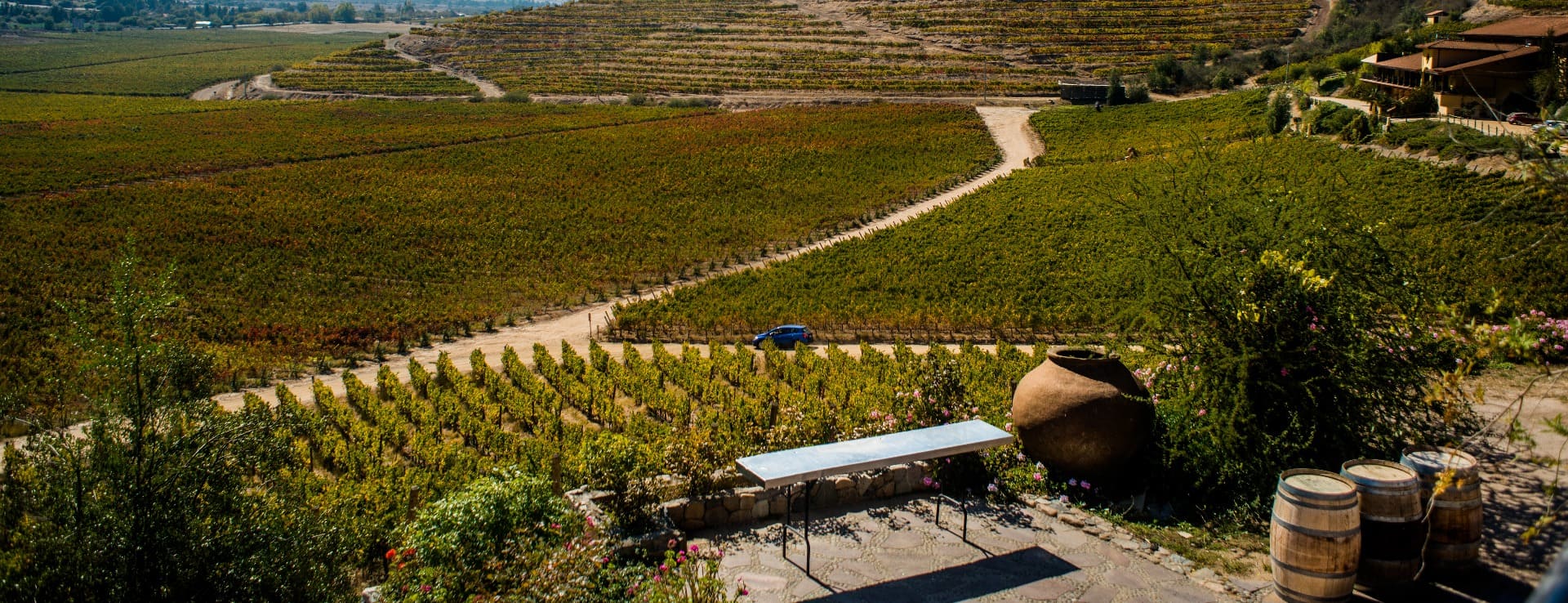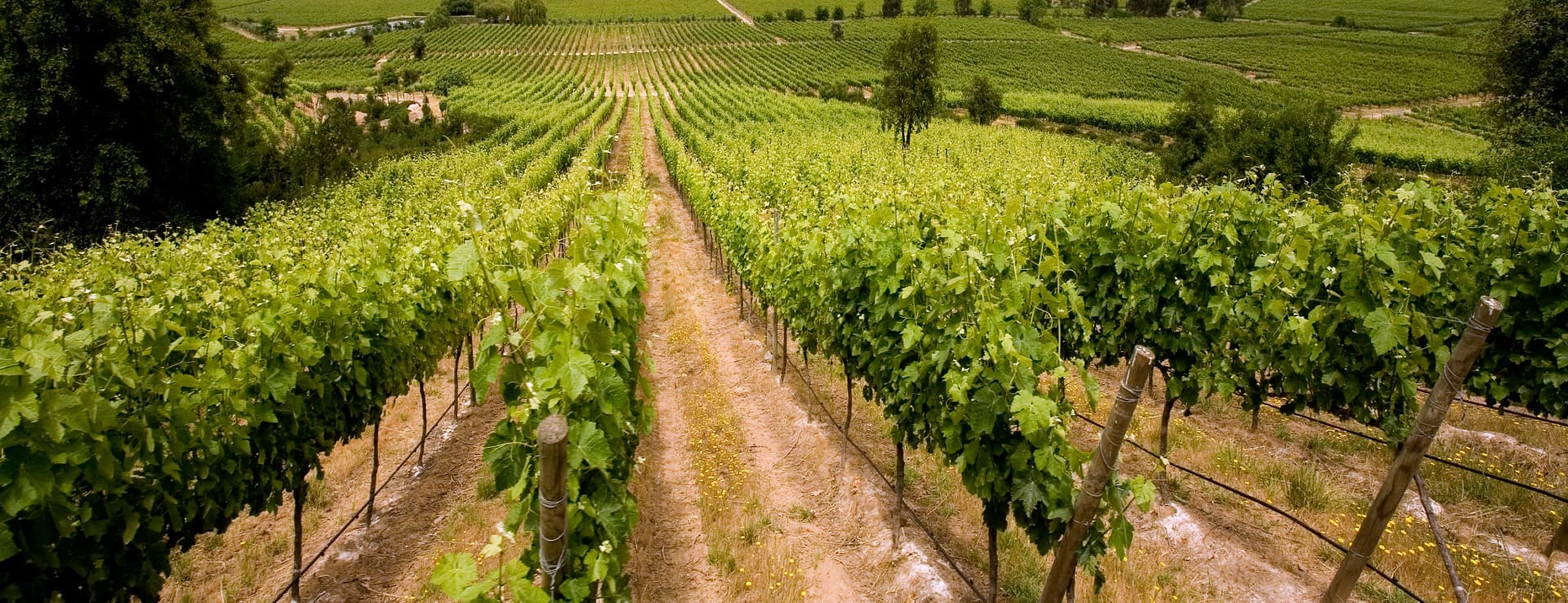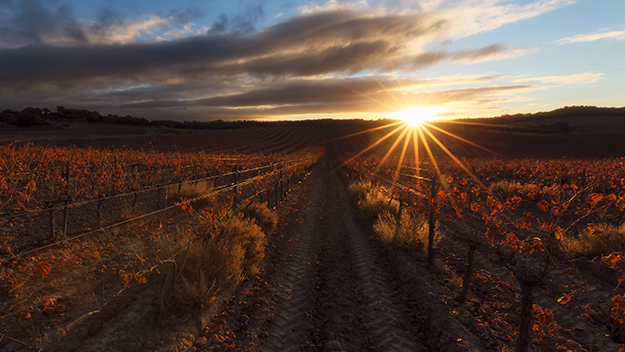Find your winery or vineyard
1 Wineries and Vineyards for sale in Valle del Maule
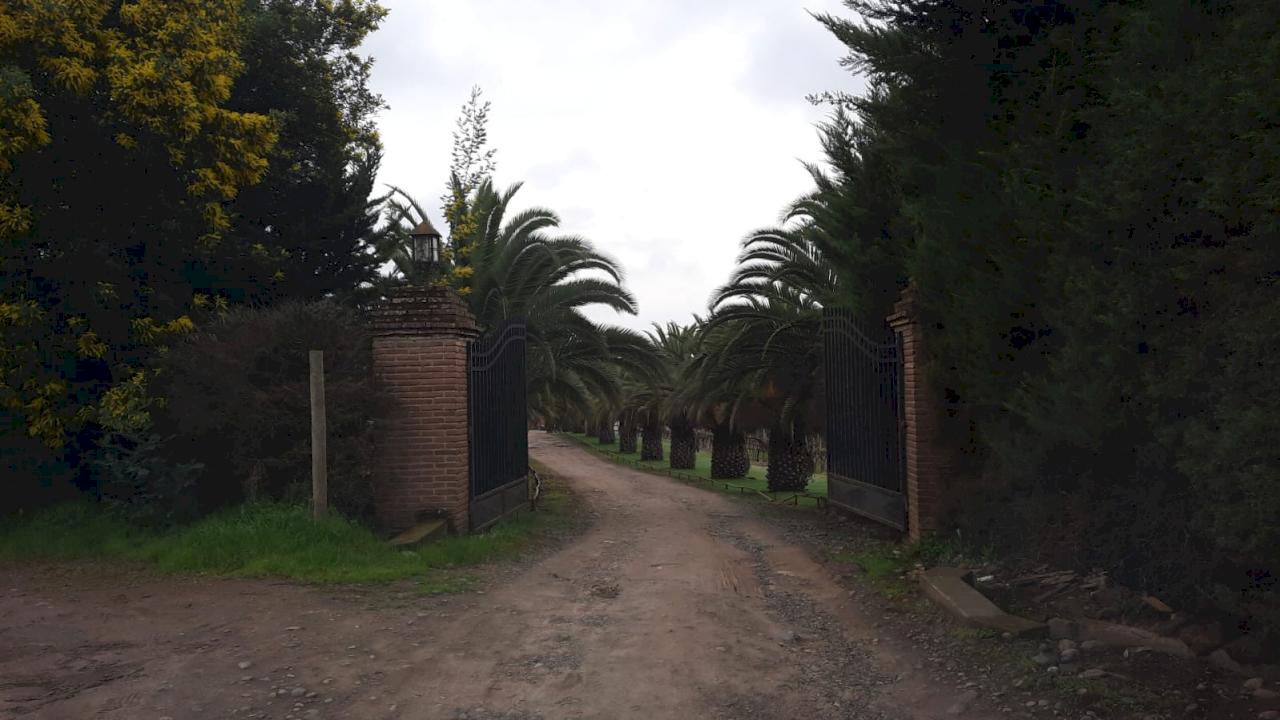
100 HA FARM (FRENCH VARIETIES) WITH LARGE CAPACITY WINERY
Maule
≈ 6.324.000.000 CLP
Infographic of the Denomination of Origin
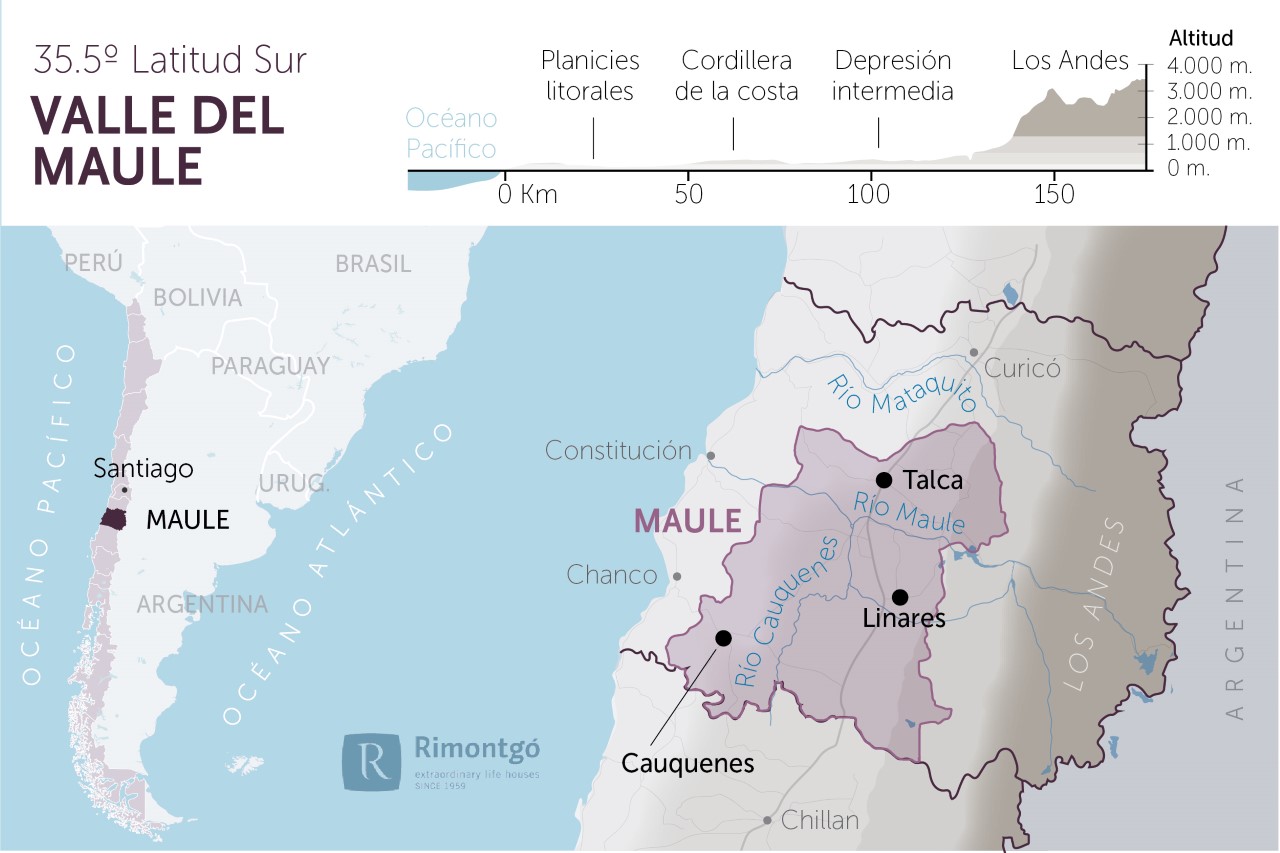
Change to imperial units (ft2, ac, °F)Change to international units (m2, h, °C)
Total surface area:
32.965 ha81.457 ac
Altitude of the vineyards:
Min: 150m
Max: 600m
Min: 492ft
Max: 1.969ft
Temperature:
Min: 3º
Max: 29º
Min: 37°F
Max: 84°F
Yearly rainfall:
735 l/m268 l/ft2
Designation of origin Valle del Maule
LOCATION AND HISTORY
The designation of origin Valle del Maule includes the provinces of Linares and Talca, except for the town of Río Claro, as well as Cauquenes.
When we think about this valley, we should remember the struggle for autonomy of the Mapuche people in the mid-sixteenth century. It was here that a young chief called Toqui Lautaro became famous. In the Battle of Tucapel, Lautaro and the Reche-Mapuches were victorious, capturing and killing the governor Pedro de Valdivia. He got the Mapuches to possess territories to the south, in the Biobio region. In this region, the struggle for Chilean independence, led by the liberator O'Higgins against the Spanish monarchy, culminated in Talca with the signing of the Act of Independence on February 14, 1818.
The first vine cultivations in this valley date back to the 16th century when the Spanish settlers already cultivated the grape variety País. Nowadays, both red grapes and white grapes are cultivated. Within this designation of origin, it is possible to differentiate three areas of production: the Valle del Río Claro, Valle de Loncomilla and Valle de Tutuvén. In the latter area the dry cultivation of the vine remains to this day which means that the vineyards only receive rainwater.
In this designation of origin that also has medium-size and large-size wineries for sale, the most common form of exploitation is small wineries, many of which are still family owned. Some winegrowers still make their wine from the country grape for family consumption. The winegrowers are owners of small plots of land that have preserved century-old vines, which give very concentrated wines with low acidity and a strong dry character and high conservation potential. The Cariñena variety is legendary as it has adapted well to the region and has developed so much that it has become its emblem.
The DO Valle del Maule gathers together the largest number of hectares dedicated to the vine cultivation in Chile, with more than 32,000 ha of which an important part is of the País grape variety.
SOILS
There is a pre-cordilleran relief between the Andes and the Central Valley, towards the central and southern area of the Maule region, at an altitude between 400 and 1000 meters above sea level.
The heritage of the rivers that cross this designation of origin has made possible the presence of sediments in the soils where varieties as diverse as numerous are planted: Sauvignon Blanc, Chardonnay, Cabernet Sauvignon, Merlot, Carménère, Syrah, Malbec, Viognier, Cabernet Franc, Muscat of Alexandria and even the variety País in the south. Some grape varieties in this DO seek deeper soils or cooler climates, which has led to the pulling out of many of them that were poorly planted and in places where the climate and soil were not in their favour. This is the case of Sauvignon Blanc and Chardonnay in the flatter areas, which have begun to move towards cooler places near the sea.
The Maule Valley corresponds to the southernmost region of the Central Valley, and has the highest concentration of vineyards in Chile. It is the wine region since the arrival of the Spanish. It is said that Curicó and the Maule Valley are the epicentre of Chile's winemaking activity: together they have more than 60,000 hectares planted. Although they are still strong in the bulk world, they have begun to work on high-end wines, exploring sectors, slopes and hillsides that they would never have thought of planting before.
The soils in Talca are derived from conglomerates, breccias and volcanic tufa; they are stony except for the heavier volcanic tufa. From Talca, along the great mountain range, volcanic ashes dominate and glacial phenomena are becoming more important. Its sub-humid Mediterranean climate tends to lower temperatures at night.
In the territories near the coast, around the city of Cauquenes, is of special interest what happens with the Cariñena and Garnacha varieties. In poor soils, the País and Cariñena vines give their best; rainfall is regular (between 700 and 1000 mm) and allows dry farming without irrigation thanks to the drought resistance of these varieties which have ended up adapting.
CLIMATE
The designation of origin Valle del Maule is not also the largest Chilean wine region, but also the richest in climatic typologies, as it ranges from the Andes to the Coastal Range. In general, we can speak of a Mediterranean climate characterized by the cold wind from the Andes that increases the temperature difference between day and night. As the period of maximum temperatures decreases, the grapes ripen more slowly. The difference in temperature between day and night means that there is a risk of frost at times, so many of the wineries in this valley have incorporated technology to counteract its effects. Rainfall in Talca is 830 mm.
The Maule Valley does not have the maritime influence of other valleys in Chile. However, it does have a very good average daytime temperature that provides a unique intensity to the aroma of the Carménère variety and facilitates the cultivation of Cabernet Sauvignon and Merlot.
TYPE OF GRAPE
Small-sized plots of this designation of origin still keep hundred-years-old vines including those of the Cariñena variety. In this designation of origin it is also possible to find the varieties Merlot, Cabernet Sauvignon, Chardonnay and Sauvignon Blanc. The native variety País is being displaced in recent years by vines of French origin and some varieties are migrating to other cooler climates on the coast as is the case of Chardonnay and Sauvignon Blanc.
Discover more wineries and vineyards for sale in these wine regions in Chile
Subscribe to our mailing list to receive news about wineries and vineyards.

